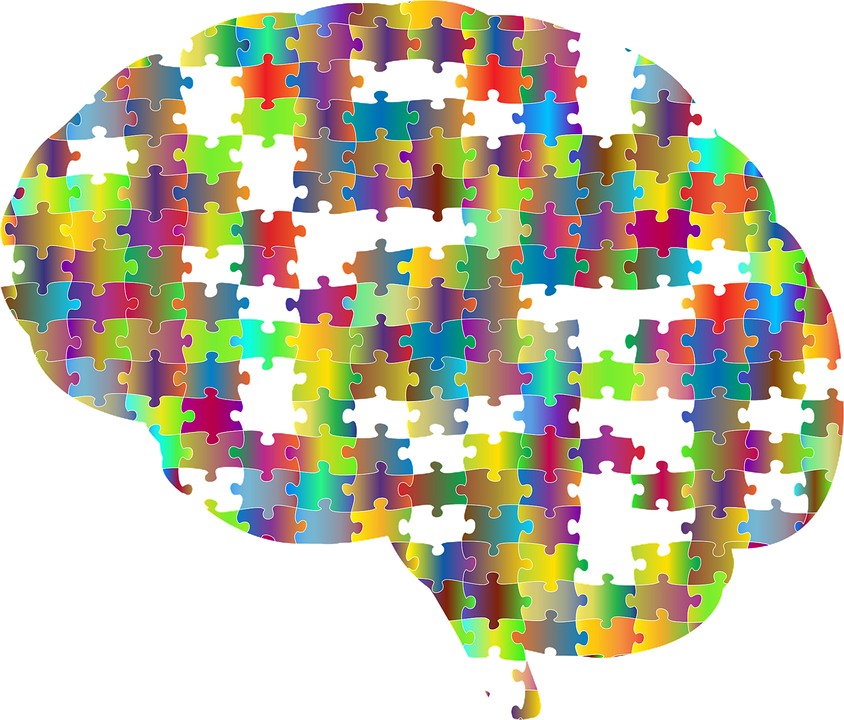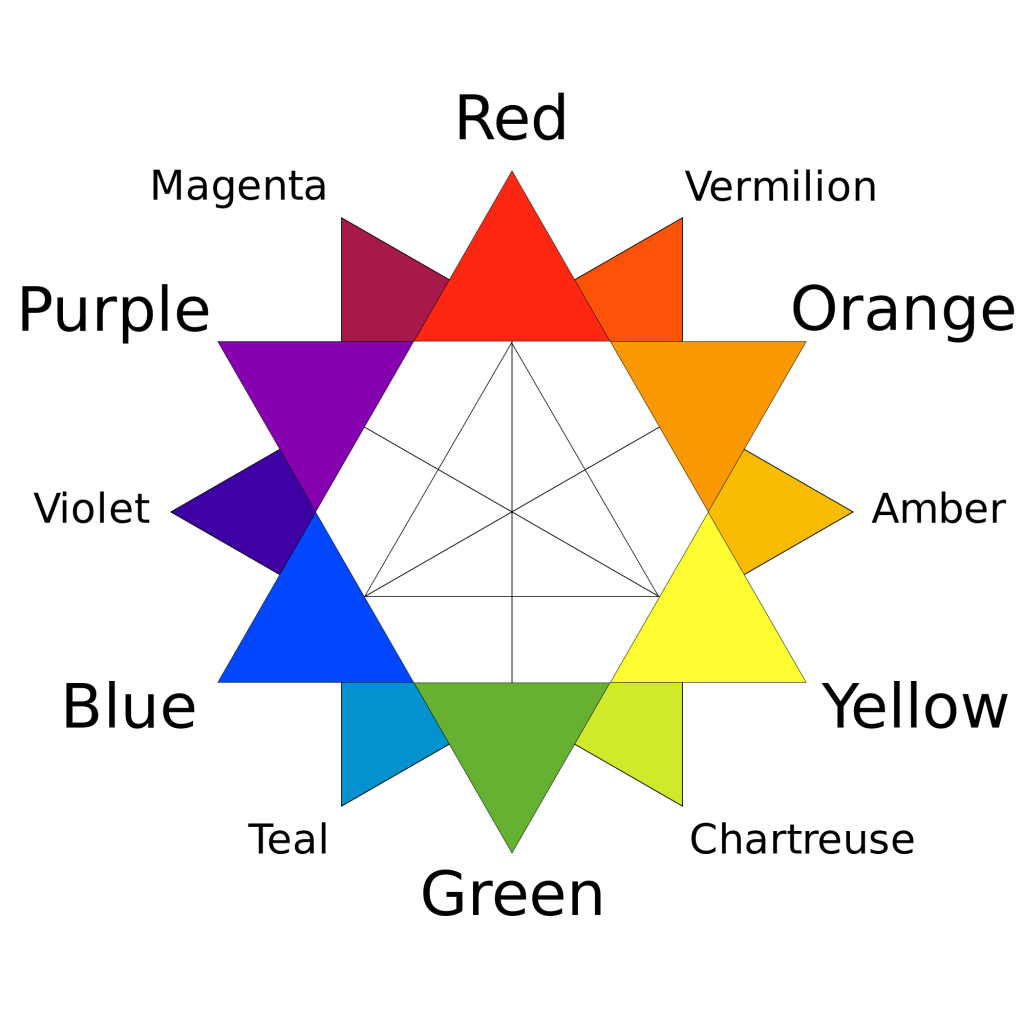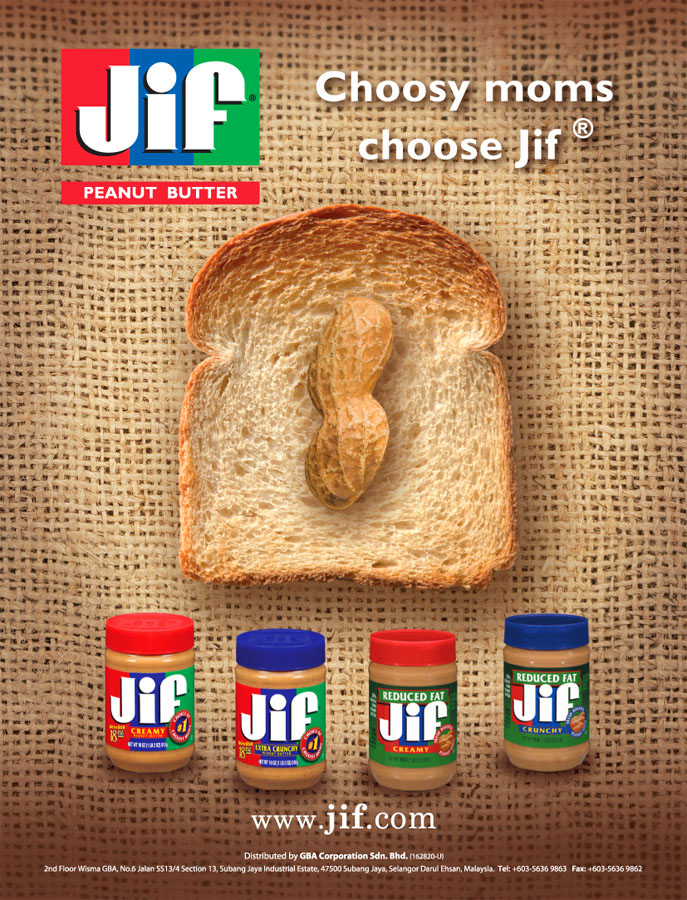
For the most part, customers have a short attention span. Attracting them and resetting their mindset in a short of a period means that, while most marketers are not psychologists, we use psychological tactics to influence the minds of our potential customers.
What is it that separates a great ad from a mediocre one? The truth of digital advertising is you literally have a matter of seconds to get the customer’s attention. For a web ad, that can be as little as four seconds. An ad on digital signage averages just 25 seconds. This means that in addition to the design of that ad, the content is vital.
Use the Right Colors and Fonts
The psychology of color is well known, but it is an art that is difficult to master. It is more than just about the colors you use. It is also about the way you combine them, their placement in your ad, and who your target audience is.
- Women don’t like gray, orange, and brown. They like blue, purple, and green. If your target audience is women (for your boutique) use these more appealing colors.
- Men don’t like purple, orange, and brown. Men like blue, green, and black. This means your sports bar would do well to heed this.
- Use blue in order to cultivate user’s trust. Marketing your law firm? Use blue in much of your advertising.
- Yellow is for warnings. This color inspires fear, uncertainty, and doubt (FUD). More on this later in this post.
- Green is ideal for environmental and outdoor products.
- Orange is a fun color that can create a sense of haste or impulse. If you want a customer to take action now, using orange helps inspire that.
- Black adds a sense of luxury and value.
- Use bright primary colors for your call to action. Landing pages are a great place for this color.
- Don’t neglect white. The largest website in the world (Google) is mostly white. Using white to contrast what you want to emphasize with your ad is a great idea.
The psychology of color is quite complex. Clearly this is just a quick overview, but it can serve as a basic guide. Do your research and match the color of your ad with the response you want from your customer.
Emphasize Benefits, Not Features
Benefits of visiting your place of business or using your product or service tend to have an emotional or psychological component to them. Features are very emotionless.
Take for example the Apple Air Pods. They are a relatively simple device, but they have some great advanced features that make them much more than just another pair of Bluetooth earbuds. However, what is one of the most compelling ad campaigns for them? The couple dancing in the snow to the music heard on them.
Why? Because instead of listing all of the features of the Air Pods themselves, Apple instead shows a “hero” video that is both romantic and compelling. The potential buyer is not thinking about double-tapping to activate Siri, but rather the emotions the video evokes from them. They quickly want to buy the product for the experience they perceive they will have.
To elicit this feeling is challenging but not impossible to do in a still ad or a digital ad that will appear for just under 30 seconds. That is what makes ads great rather than just good, effective ads. Think of the emotion you want the customer you are trying to reach to feel. Be innovative in determining how to evoke that emotion in a simple ad.
Reposition Yourself and Your Competitors
Rather than trying to reposition yourself as the best, or as far superior to your competition, make it seem like choosing your brand simply makes sense.
A prime example is the Jif Peanut Butter campaign, “Choosy moms choose Jif.” Of course, the unstated implication is that other moms are not choosy. They didn’t care what kind of peanut butter their kids ate, so they chose another brand. And who doesn’t want to be a choosy mom?
Such campaigns would be easy to present in digital marketing. A simple tagline that sets your customer apart from the rest, like “We’re not for everyone”, can go a long way to bringing in customers.
Establish Exclusivity
Great ads also often establish a feeling of exclusivity. For a restaurant, even something as simple as “reservations recommended” lets customers know that not everyone gets in. If you just show up, you might be out of luck. Your restaurant is now perceived as more exclusive than others in the area.
Be careful with this though. If you do not actually require or recommend reservations, or when the customer arrives, there isn’t a line at all, and it doesn’t appear that reservations are needed, they will doubt your integrity. Be truthful with your statement of exclusivity no matter what your brand.
You can establish the same exclusivity with an offer. For example, “first 100 to respond to this ad get X” is a good way to invoke both urgency and exclusivity. Using the word “first” and offering a limited number of deals also enhances this feeling. You can do this through various techniques that also offer you a way to track ROI: SMS Short Codes, Coupon Codes, and more.
This simple technique can set apart a “good” ad from a “great” one. The best ads work because the customer acts on how it makes them feel. The feeling of exclusivity is one of the most compelling emotions.
Carefully Introduce Fear, Uncertainty, and Doubt
The technology industry is great at this technique. Customers already have worry when it comes to this area, clear areas of Fear, Uncertainty, and Doubt, known as FUD. One of the first things a customer buying a new phone asks is simply this: “Can you transfer all of my photos and contacts from my old phone to my new one?”
The way a company answers this one question may win them the customer. For example, a simple digital ad might read: “Buy our phone and we guarantee we can transfer everything you need from your old phone to your new phone.” This is a simple promise and, given today’s technology, one that nearly any phone manufacturer can claim at least with certain caveats.
The implication of your statement, although it never is said, is that your competition cannot make the same guarantee. This wins you the customer because you declare that your product can alleviate the fear they already have.
Every single ad campaign you deploy depends largely on psychology and reaching the user at the right time with the right message. Great ads speak to an ever-present psychology, knowing already what the customer wants and needs. You know their potential pain and what moves them to buy.
If you use the things that move them, alleviate their fears, reposition yourself as the logical choice, and establish a feeling of exclusivity, your ads will go from good to great. Your conversion rates will increase as well as the return you get for the dollars you spend.
Using platforms like SignSpan helps you get those great ads you create the exposure they deserve. Questions? Contact us at [email protected].





